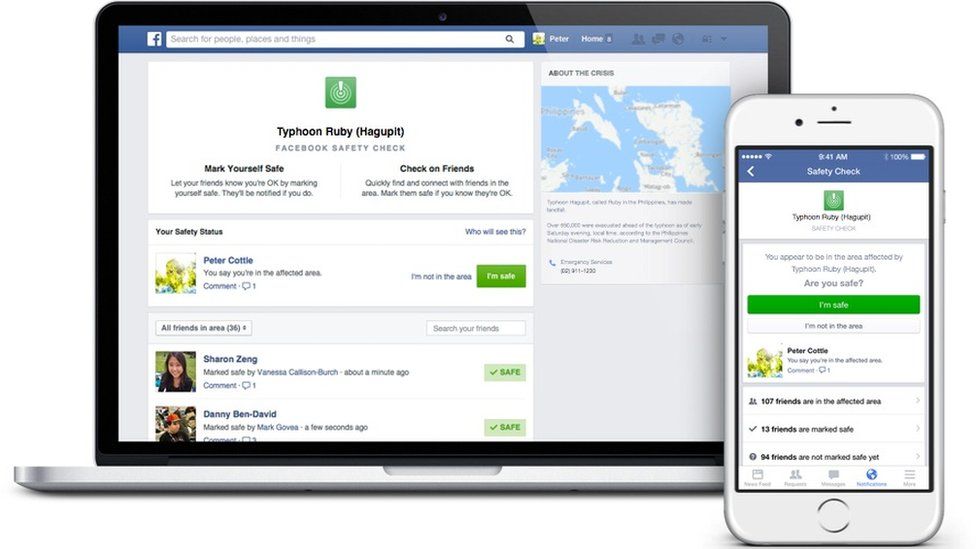Mark Zuckerberg explains why Facebook activated Safety Check after Paris
More than 4 million people used the Safety Check on Friday, with 360 million people receiving notifications that their friends were safe, according to the company. Last week, the company activated the tool for the first time for a man-made tragedy: the deadly attacks on Paris. After discussing with Facebook employees, the company thought it was a good idea to activate the tool.
And like some of the features that Facebook has unveiled in the past, though it did prove useful for some users, it also drew ire and controversy.
“We’re really sad for what happened in Paris tonight but there is also a city capital named BEIRUT and was attacked yesterday from terrorist why facebook didn’t activated the safety check in Lebanon Mark Zuckerberg?”. The check-in feature allows Facebook’s enormous global user base to quickly share information in disasters and other critical situations, when communications can otherwise be hard.
Facebook is one of the first places that people turn during a crisis to try and find out if their friends and family are affected.
Some users posted questions and complaints on Facebook about the network’s failure to use Safety Check after Thursday’s Beirut bombings that killed at least 43 people.
Zuckerberg said it was decided after the Paris attacks last week to use Safety Check for more tragic events like this going forward. Users can then mark that they are safe, generating an update that will be published to their friends, and other people will get a notification or check on updates from everything they know.
In statement on Saturday, Facebook called safety check a “relatively new feature”.
“In the case of natural disasters”, Alex Schultz, vice president of growth for Facebook, said on the other hand, “we apply a set of criteria that includes the scope, scale and impact”.
“We hope it’s a tool that helps you stay connected to those you care about, and gives you the comfort of knowing your loved ones are safe”.








